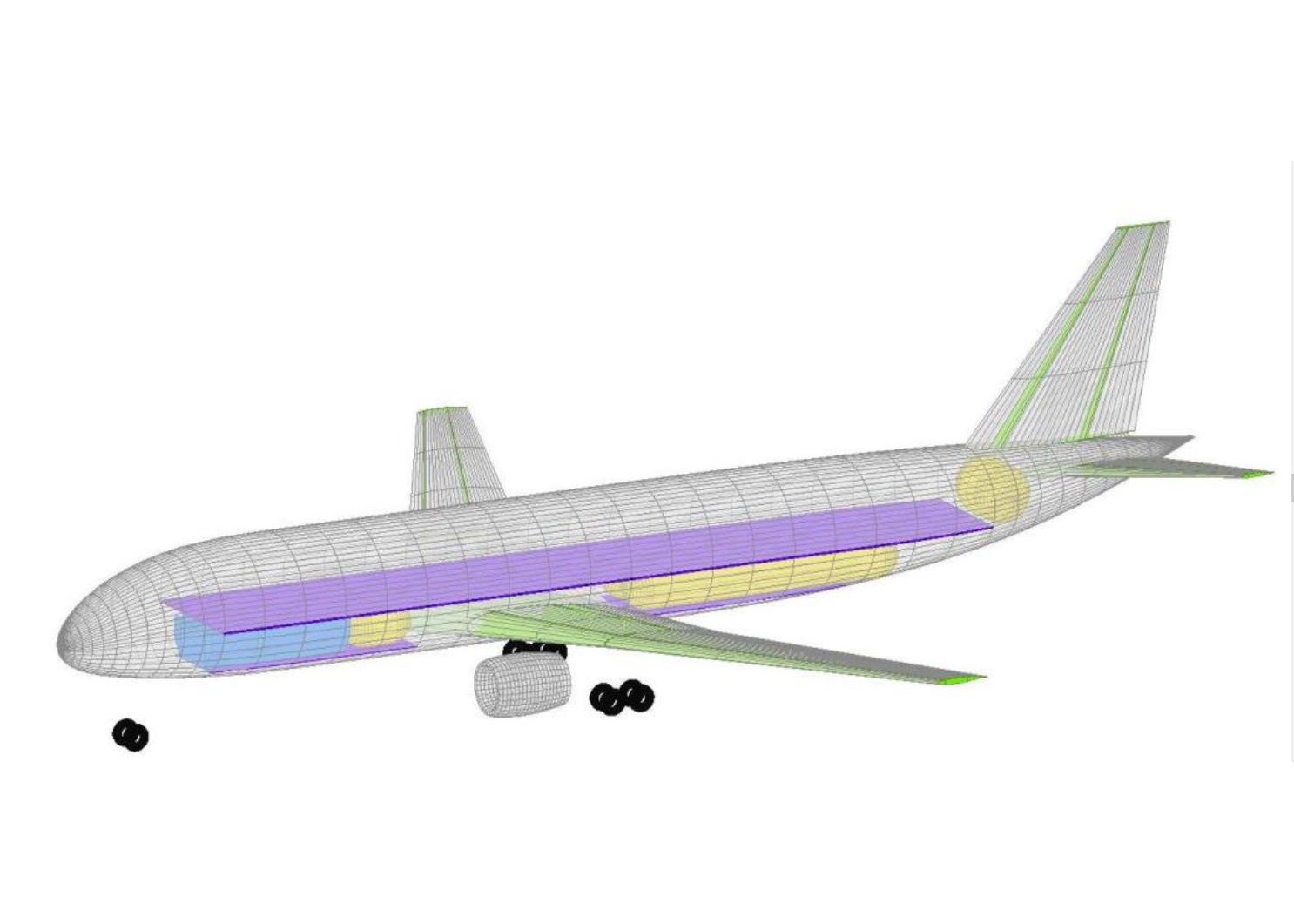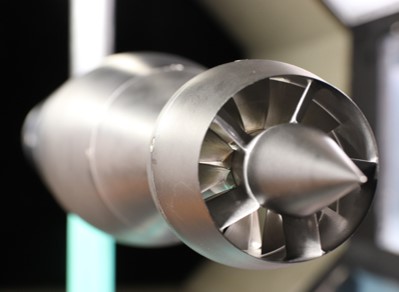Structure
WP1: System Design & Integration
- Preliminary APPU system architecture and analysis
- Preliminary sizing and weight estimation
- Integrated modelling in the Delft “Aircraft Initiator”
- Aircraft flight mechanics and performance
- Refined APPU sizing and weight estimation
- Performance Analysis w.r.t. various baselines
- APU with H2/LNG
- APPU with H2/LNG without BLI benefit
- APPU with LH2/LNG + BLI
- APPU with Kerosene + BLI
- Mission and emission analysis for various baselines
- Practial implications & considerations: Saftey, reliability & maintainability
- Roadmap and valorization
WP2: H2 Combustor Design & Emission Analysis
- Preliminary Design of H2-kerosene combustor
- Numerical combustor design & assessment
- Combustor manufacturing
- Experimental analysis of the proposed H2 combustor at atmospheric conditions
- Investigation of the flash-back propensity of the H2 combustor
- Experiments with kerosene combustion
- Experimental & Numerical emission analysis
- Combustor simulations at realistic conditions
WP3: Aft Propulsor Design
- CFD simulations of the aircraft wake profile
- Design of distortion tolerant aft propfan
- Testing of the aft propfan
- Application of Power balance and exergy methods for BLI analysis
- Experimental investigations of BLI aiarcraft in TU Delft wind tunnel
- Investigation of aft propfan wind milling & thrust reversal characteristics
- Acoustic measurements of the aft propfan
- Numerical shape optimization

